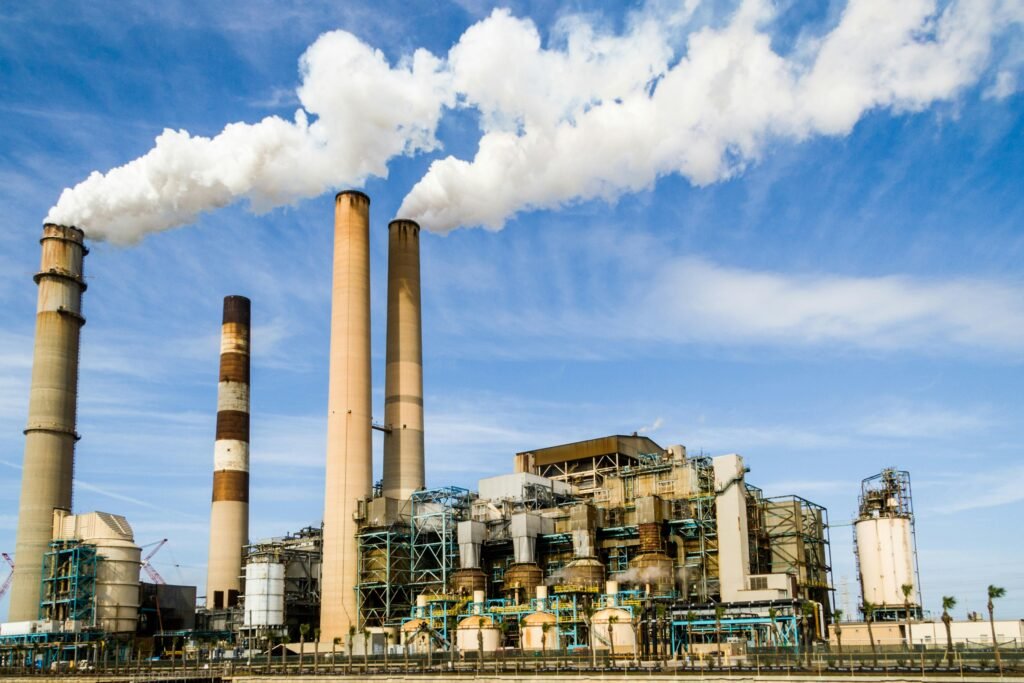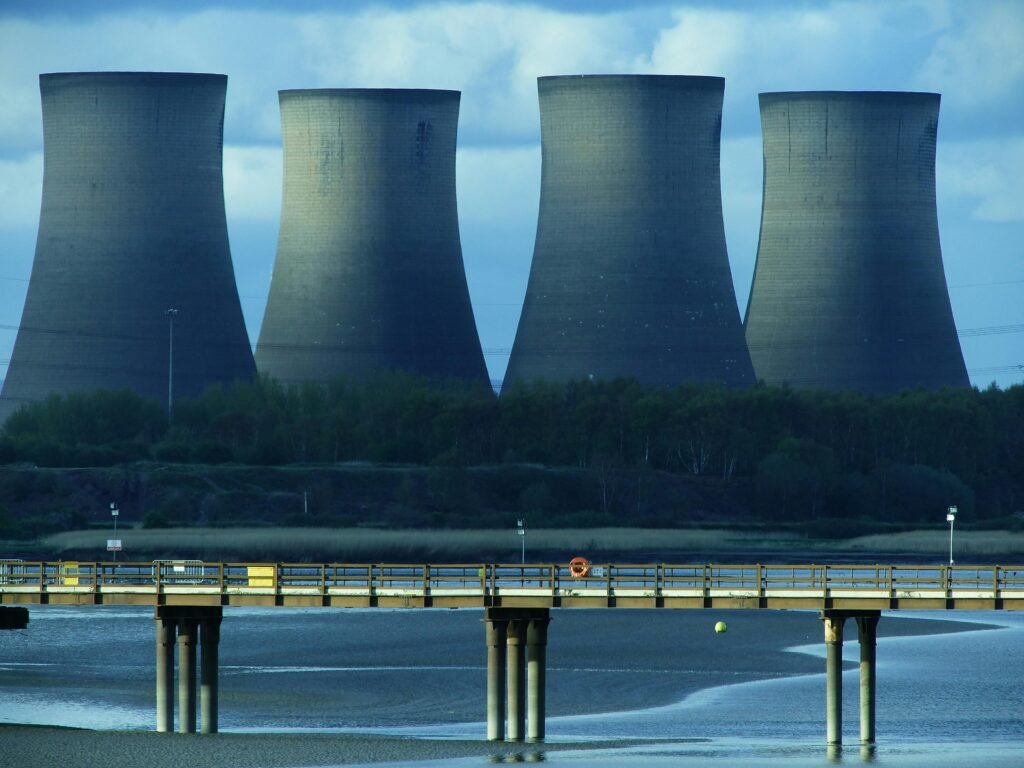
Understanding Big Data
Big data is the vast amount of data generated and collected from the various sources. This can then be used to gain insights and patterns. In climate science, big data encompasses different types of information relevant to understanding weather phenomena and future climate prediction. Some of the key data types include temperature readings, amounts of rainfall, wind patterns, and humidity levels. All these factors contribute to forming the Earth’s climate and weather systems in a very vital way.
Sources contributing to this vast pool of data are varied and technologically progressive. Satellites orbiting the Earth provide the required coverage and collect information on atmospheric conditions around the world. These satellites record changes in temperature and humidity while collecting visual data on cloud patterns and land-use changes. Terrestrial weather stations also contribute massively to big data for climate prediction. They offer localized information that can be critical in understanding variations of weather within smaller geographical areas.
Furthermore, ocean buoys help in monitoring marine conditions. They are floating devices that collect data on sea temperatures, wave heights, and currents, which are fundamental to understanding the influence of the ocean on weather systems and climate behavior. As technology advances, more sophisticated instruments and models are developed to aggregate data from these sources. Thus, it enhances our comprehension of the climate system.
Integration of these multiple streams of data helps scientists analyze and visualize climate patterns with much more accuracy in predicting future conditions. Big data analytics applied in climate science not only helps in understanding the current climate events but also prepares for the potential future impacts. By using the knowledge gained from big data research, scientists can help in formulating appropriate strategies to combat climate change along with its impacts.
How Big Data Helps in Climate Prediction
Big data is important in improving climate prediction capabilities since it allows scientists to analyze vast amounts of information collected from various sources. These sources include satellite imagery, weather stations, ocean buoys, and even social media data that provide insights into climate-related events. By processing and analyzing this extensive dataset, researchers can identify patterns and trends that are essential for understanding the dynamics of climate change.
The chief role that big data is playing for the development of climate prediction revolves around sophisticated analytics and machine learning algorithms. Such technologies now make it possible for scientists to go through terabytes of data to find relations between diverse climate variables, including temperature, precipitation, and emissions of carbon dioxide. In this sense, machine learning models may help to identify the way global warming influences weather patterns or how extreme events relate to rising greenhouse gas concentrations.
Moreover, big data-based predictive models enable scientists to model possible future climate scenarios. These models take historical climate data and apply sophisticated computational techniques to project possible outcomes, including future temperature rises, sea-level rise, and changes in precipitation patterns. Running numerous simulations, therefore, enables researchers to determine the probability of different climate-related challenges that societies may be presented with, and thus prepare more effective mitigation and adaptation strategies by policymakers.
In addition, big data enhances the timeliness and accuracy of climate predictions. With real-time data collection and processing capabilities, scientists can quickly react to changing climatic conditions. This agility is vital for issuing timely warnings about severe weather events, which can ultimately save lives and protect property.
In that way, big data integration in climate science helps us to enhance our understanding of past and present climate conditions. At the same time, it equips us with the tools to anticipate and prepare for future changes.
Recognizing patterns and using predictive modeling allows scientists to provide insights valuable in the possible impacts of climate change. Thus, it affects decision-making at various scales.

Benefits of Using Big Data in Climate Science
Big data plays a pivotal role in enhancing the field of climate science. It offers numerous advantages that significantly improve climate prediction capabilities.
Improved Accuracy
One of the primary benefits is the improved accuracy in weather forecasts. It integrates vast amounts of data from various sources, including satellite imagery, meteorological stations, and oceanographic data. This way, scientists can develop more precise models that capture the complexities of the Earth’s climate system. This high accuracy helps in making short-term weather forecasts that are more reliable. Based on the information provided, the people and organizations can take proper decisions.
Early Warning Systems Development
Big data supports developing early warning systems. An analysis of historical data combined with real-time info indicates patterns and anomalies potentially occurring before extreme weather like, hurricanes or flooding or heatwaves. This is helping governments and emergency management agencies to provide timely warning for better saving lives and minimalizing property damage. The ability to predict and prepare for such events is crucial in adapting to the increasing frequency and intensity of climate-related disasters caused by climate change.
Long-term Trends
Big data also informs one about the long-term trends of climate. Scientists can collect data over several decades by aggregating datasets to analyze shifting temperature, precipitation, and other climatic factors. Such an analysis will go a long way in deciding the best mitigation and adaptation strategies, empowering governments, businesses, and communities in dealing with climate challenges beforehand. The big data analytics not only inform policy decisions but also support the pursuit of sustainable practices that allow resilience in dealing with future climate scenarios.

Challenges and Future of Big Data in Climate Prediction
Several very huge challenges are posed by applying big data to climate prediction. Let us go through them.
Data Privacy
One of the crucial issues is data privacy. Climate science increasingly relies on different sources of data that include individual behavior and geo-location, so keeping the confidentiality of personal information secure becomes very important. The concern about privacy might lead organizations and researchers to not share the collected data. Hence it limits the scope of climate models and predictions.
Access to Reliable Data
Another challenge is quality and reliability in data. Climate predictions heavily depend on integrating huge datasets with the accuracy and precision for meaningful insights. In many cases, the data obtained may be incomplete, out of date, or error prone. Such inconsistencies may easily lead to erroneous forecasts that may undermine confidence in climate predictions. Researchers must focus on developing robust data validation processes and methodologies to ensure data accuracy. Thus, it helps to enhance the reliability of climate models.
Technical Limitations
Apart from the privacy and data quality issues, there are also some significant technical barriers to using big data in climate prediction: the huge amount of generated data requires high-performance computation and storage facilities. The majority of institutions may not have resources or infrastructure to process and analyze big data, which could create bottlenecks in the research pipeline. That is why investment in up-to-date technology and personnel training should be a key strategy for organizations to gain most from big data in climate science.
Future Outlook
Looking toward the future, there is optimism. Innovations in data collection, including satellite technology and IoT (Internet of Things) devices, promise to enhance the volume and quality of data available for climate prediction. Moreover, improvements in machine learning and artificial intelligence will improve data analysis, so scientists can better interpret complex datasets. Addressing the challenges and embracing these innovations can change the role of big data in climate prediction, making it more accurate, timely, and actionable for combating climate change.
Do share your thoughts by commenting below.






